All Japanese cities are excellent hubs full of exciting restaurants, attractions and shopping opportunities, but some cities happen to have wonders and landmarks like no others, and this is the case with Himeji.
Himeji, located in Japan’s Kansai region, is a city that stands out for one significant reason: Himeji Castle. This 17th-century castle isn’t just another historical site. It’s the most visited castle in Japan, and it’s easy to see why.
Himeji Castle is a UNESCO World Heritage Site and a national treasure. Its white exterior, intricate design, and rich history are one of the reasons Japan is famous internationally. When you visit, you’re not just seeing a castle; you’re stepping into a piece of Japan’s past. This makes Himeji a must-visit city for anyone interested in history and architecture.
And luckily, taking a day trip to Himeji, has never been easier.
Table of Contents
- A brief history of Himeji, Japan
- A brief history of Himeji Castle, Japan
- Getting to Himeji
- From Kyoto to Himeji
- From Osaka to Himeji
- From Kobe to Himeji
- From Hiroshima to Himeji
- From Tokyo to Himeji
- Getting from Himeji Station to the Castle
- Visiting Himeji Castle
- When to go
- Visiting Himeji during Spring
- Visiting Himeji during Summer
- Visiting Himeji during Autumn
- Visiting Himeji during Winter
- Things to do in Himeji
- Koko-en Garden
- Himeji Central Park
- Engyō-ji Temple
- Himeji City Museum
- Himeji City Aquarium
- Hyogo Prefectural Museum of History
- Where to eat in Himeji?
- Shopping in Himeji
- Where to Stay in Himeji
A brief history of Himeji, Japan
Himeji, the second-largest city in Hyogo Prefecture after Kobe, is home to over half a million people. The city, renowned for its iconic white castle, boasts a rich and intriguing history.
The area where Himeji now stands was originally a site of many battles during the Heian Period (794-1185). The first fortifications built on the site of Himeji Castle were constructed in 1333, during the early years of the Kamakura Period. Over the centuries, the fort was gradually expanded into a fully-fledged castle, with the current structure dating back to 1609.
Himeji was established as a castle town during the Edo period (1603-1868) and it prospered as a strategic point along the western approach to the former capital city of Kyoto.
Originally, Himeji served as the capital of what was back then called Himeji Prefecture before merging with Hyogo Prefecture in 1876.
World War II brought devastation to Himeji, with US bombings destroying over 60% of the city’s infrastructure. Yet, Himeji Castle stood unharmed, even surviving a direct bomb hit. This miraculous preservation has led many to believe in a divine protection over the city.
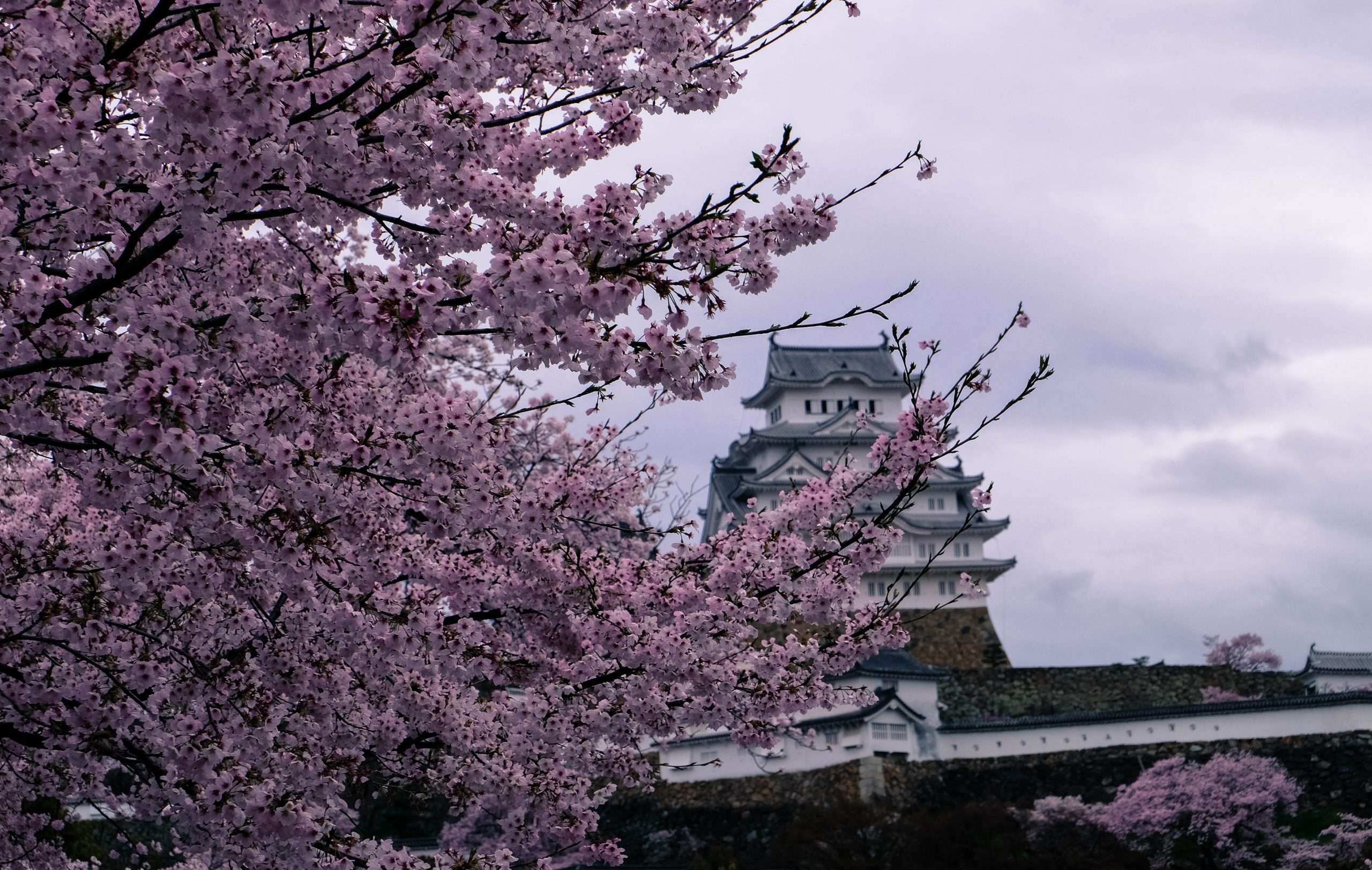
A brief history of Himeji Castle, Japan
Himeji Castle, fondly known as the White Heron Castle due to its elegant, bird-like appearance, has a history that stretches back to 1333. Initially constructed as a fort, it gradually evolved into the magnificent castle we see today, a process that unfolded over several centuries.
For over 400 years, Himeji withstood the test of time, remaining intact despite direct bombing during World War II and the devastating Great Hanshin Earthquake in 1995.
In 1993, the castle’s historical and cultural significance was recognized internationally when it was designated as a UNESCO World Heritage Site. It is also considered a National Treasure of Japan.
In 2015, Himeji Castle underwent extensive restoration work, which served to remove decades of accumulated dirt and restore its former glory. The castle’s rooftop, which had turned grey over time, was restored to its original brilliant white.
Today, Himeji Castle continues to be the most visited castle in Japan, attracting visitors from around the world.

Japan Rail Pass
The optimal way to explore Japan is with a rail pass that is available for durations of 7, 14, or 21 days, offering unlimited travel across the country. Shinkansen included!
Getting to Himeji

Getting to Himeji is actually easier than you might think, and it should be added to any Japan itinerary. We visited Himeji from Kobe, but the good news is that you can visit from Osaka, Kyoto, and even Tokyo (yes, really!). So, how to get to Himeji? I will include approximate costs for Shinkansen tickets but remember that if you have a Japan Rail Pass, then the tickets are included.
From Kyoto to Himeji
You can take the JR Tokaido/Sanyo Shinkansen from Kyoto to Himeji. The Shinkansen takes about 40-55 minutes. It costs roughly ¥5,800.
Alternatively, you can take local trains, which take about 90 minutes on JR Special Rapid Trains (Shin-kaisoku).
From Osaka to Himeji
From Shin-Osaka station, you can take the Hikari, Sakura, or Kodama Shinkansen trains to Himeji. The journey takes about 30-40 minutes. It costs approximately ¥3,800 – ¥4,200.
If you prefer a more economical option, you can take the JR Special Rapid Train, which takes about an hour.
From Kobe to Himeji
From Kobe, you can take the JR Sanyo Line directly to Himeji. The journey takes 15-20 minutes on the Shinkansen. The ticket costs approximately ¥3,200 – ¥3,600.
From Hiroshima to Himeji
From Hiroshima to Himeji, you need the Tokaido-Sanyo Shinkansen. The journey takes just under an hour, and it costs roughly ¥9000.
From Tokyo to Himeji
If you are up for a longer adventure, then you can visit Himeji from Tokyo. You will need the Tokaido-Sanyo Shinkansen from Tokyo Station to Himeji Station. The journey takes around 3 hours on the Nozomi and the cost is ¥16,570 or, of course, included in your JR Pass. If you’re headed to Hiroshima for the night, it’s worth having a stop in Himeji for the day.
Getting from Himeji Station to the Castle
Getting to the Himeji Castle from the station couldn’t be easier. Just walk about 1 km on Otemae-dori Street straight to the castle. We arrived on a rainy day, but we still very much enjoyed the walk. On the way back, take the parallel street, which is essentially a long market dotted with all sorts of shops and restaurants.

Visiting Himeji Castle
Himeji Castle is the most beautiful during the cherry blossom season. We visited in April and got there on a rainy day, but still the caste and the gardens looked stunning, and we managed to take some gorgeous photos.
Enter through the Otemon Gate and make your way towards the Main Keen. At the Main Keep, you can purchase your ticket and head up to the staircase. Find information about ticket prices and opening times for the Himeji Castle on this website.
As you ascend, you can take amazing pictures of the caste as well as the city. After visiting the interior, don’t forget to check out the gardens. It doesn’t just look wonderful, especially during the cherry blossom season, but it’s also a great spot to take additional pictures of the castle.
When to go
The Himeji Castle is open all year round, except on December 28 and 29. There is a limit of 15000 visitors a day, so it’s good to arrive early if you intend to visit during the busy seasons. Here is what to expect from Himeji Castle during all seasons.


Visiting Himeji during Spring
Spring is the most beautiful time to visit, as mentioned above, especially if you get to see the castle through the full sakura bloom – check the Cherry Blossom Festival Forecast. If you missed that, don’t worry, the gardens will still look incredible and on the bright side, there will be fewer crowds around. Spring in Japan is a popular time to visit, so make sure to book your tickets well in advance.
Visiting Himeji during Summer
If you’re a fan of warm weather, summer presents an excellent opportunity to explore Himeji. However, be prepared for the rainy season, which typically lasts from June to mid-July. The summer heat, coupled with high humidity, tends to deter some tourists, making it a less crowded time to visit.
Experiencing Japan during its hot summer months is a unique adventure. One of the season’s highlights is the array of refreshing Japanese ice creams and a variety of other sweet treats designed to beat the heat.
Pro tip: If it’s raining, find a covered market or street (Miyuki Street) and browse the merchandise until the rain stops. If you’re on a tight schedule, don’t let the rain slow you down. Grab an inexpensive, extra-large umbrella for around 1000 yen and continue your exploration, rain or shine.
Visiting Himeji during Autumn
For us, there is no better time to visit Japan than during autumn. The castle grounds are painted over with an explosion of colours as Japan prepares to shed its foliage slowly. The white Himeji Castle sits majestically on top of the sea of colourful trees. The views are outstanding from the grounds and also from the castle itself. This is an exceptional time to take pictures and videos.
During autumn, the weather can become chilly, especially during the evening, so why not enjoy some hot ramen or gyoza at any of the eateries along Miyuki Street.
Visiting Himeji during Winter
If fortune favours you with a winter visit to Himeji Castle during a snowfall, you’re in for a truly magical experience. The castle’s pristine white exterior blanketed in snow offers breathtaking views that are nothing short of a winter wonderland. The castle garden’s evergreen trees, when dusted with snow, resemble fluffy clouds, creating the illusion of the castle floating amidst them.
Remember to bundle up, as winter temperatures can drop significantly.
A pro-tip for extra warmth: consider purchasing heat-patches from one of the local stores. Look for square orange packets – they’re easy to spot. They really saved me during my last trip to Japan in December.
Things to do in Himeji
There is more to Himeji than just the Himeji Castle. Like all Japanese cities, it caters to a wide range of interests and tastes. Here’s what to do in Himeji during your trip.
Koko-en Garden
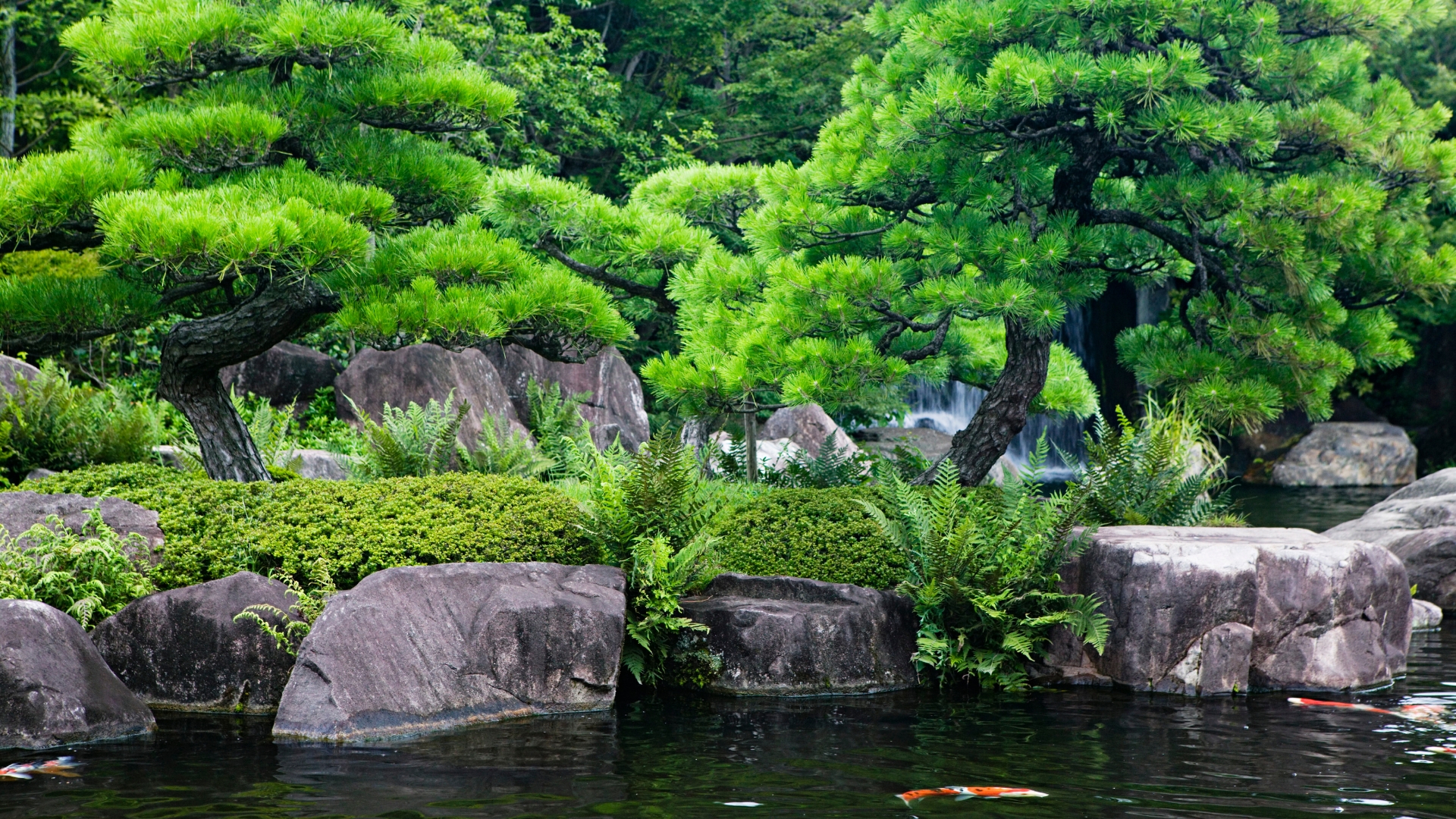
Koko-en Garden is a traditional Japanese garden located right next to Himeji Castle. The garden is divided into nine distinct sections. Each of the nine sections of the garden is designed to represent a different aspect of traditional Japanese garden design, from the elegant tea garden to the serene bamboo garden. The garden also features a large pond filled with colourful koi fish, a flower garden, and a pine tree garden.
The garden was built on the former site of the samurai houses, adding a historical dimension to its charm. As you stroll through the garden, you can imagine the lives of the samurai who once resided there.
Much like the whole of Himeji, one of the highlights of Koko-en Garden is its seasonal beauty. In spring, the garden is blessed with cherry blossoms and azaleas, while in autumn, the changing colours of the leaves create a stunning landscape. Even in winter, the garden offers a unique beauty, especially when it’s covered in snow.
In addition to its natural beauty, Koko-en Garden also has a restaurant where you can enjoy a traditional Japanese tea ceremony or a meal while overlooking the garden. There’s also a shop selling local products and souvenirs.
Himeji Central Park
Himeji Central Park is more than just a park. It’s a Safari Resort and theme park, great for families and couples alike.
The Safari Resort is a major attraction, offering both a drive-thru and a walking safari. You can see a variety of animals up close in a relatively free environment, which is a great experience.
The theme park section of Himeji Central Park is filled with a variety of rides suitable for all ages. From thrilling roller coasters to more relaxed family rides. There are restaurants on site too, of course. With so much to do and see, you can easily spend an entire day exploring and enjoying the park.
Find information about location, tickets on their official website.
Engyō-ji Temple
Engyō-ji Temple is a significant historical and cultural site in Himeji. Established in 966, this Tendai Buddhist temple complex is nestled atop Mount Shosha.
The temple complex is expansive, featuring numerous temple buildings spread across the forested mountain top. The three main temple halls, known as the “Mitsunodo,” include the Daikodo (main hall), Jikido (lodging and dining hall), and Jogyodo (gymnasium). These halls are connected by covered walkways, creating a unique architectural ensemble that harmoniously blends with the natural surroundings.
Engyō-ji Temple is also a popular filming location and has been featured in several films, including the Hollywood movie “The Last Samurai” starring Tom Cruise.
Reaching the temple involves a journey that’s an adventure in itself. From Himeji Station, a 25-minute bus ride will take you to the base of Mount Shosha. From there, you can choose to hike up the mountain for about 1.6km (1 mile) or take a cable car ride to the summit. Either way, you’ll be rewarded with stunning views.
Himeji City Museum
Himeji City Museum is a cultural hub that offers a collection of international art and historical exhibits. Located in the heart of Himeji, the museum is a must-visit for art and history enthusiasts.
The museum regularly hosts special exhibitions too, which includes works donated by Kuniomi Kuki, featuring pieces from modern French painters like Corot, Courbet, Monet, and Pissarro.
The museum is open from 10:00 AM to 5:00 PM, with last admission at 4:30 PM. It’s closed on Mondays (unless it’s a holiday), and during the New Year period. Find information about location, tickets on their official website.
Himeji City Aquarium
Located on a mountaintop the Himeji City Aquarium is ideal for families with kids. The aquarium features both indoor and outdoor exhibits. One of the highlights is the touch pool, where children can interact with some of the aquatic creatures under the supervision of the staff. This hands-on experience can be both fun and educational. It’s not too big, but well-kept and great for a brief visit during your trip to Himeji.
Hyogo Prefectural Museum of History
This is a great place for those travelling with families as the Museum has a great children’s play area. There is a virtual reality theatre as well which is really fun and totally worth your visit. The museum is focusing on local history and education. Please check the opening times before you visit as it’s closed on certain days and special holidays.
Where to eat in Himeji?

Who doesn’t like popular Japanese food? In Himeji, we found this unusual and inexpensive ramen place called Koba&More, full of cool posters and memorabilia. The owner is a really nice Japanese man who speaks English and is up for a bit of conversation.
Order the special milk ramen, and I promise you won’t be disappointed. It might not sound good in theory, but in practice, this milk ramen is a delicious twist on the traditional Japanese ramen. It’s creamy, and warm, and cosy. Delicious!
The restaurant has only about 6-8 seats. If you arrive, when all seats are taken, please wait patiently. If you can, take a seat on the bench near the wall or wait outside until someone finishes their food. Normally, people eat quickly, so there should be a free seat for you soon.
Restaurant: Koba&More
Address: Japan, Hyōgo Prefecture, Himeji, Gofukumachi, 59, 第2POSHビル1F
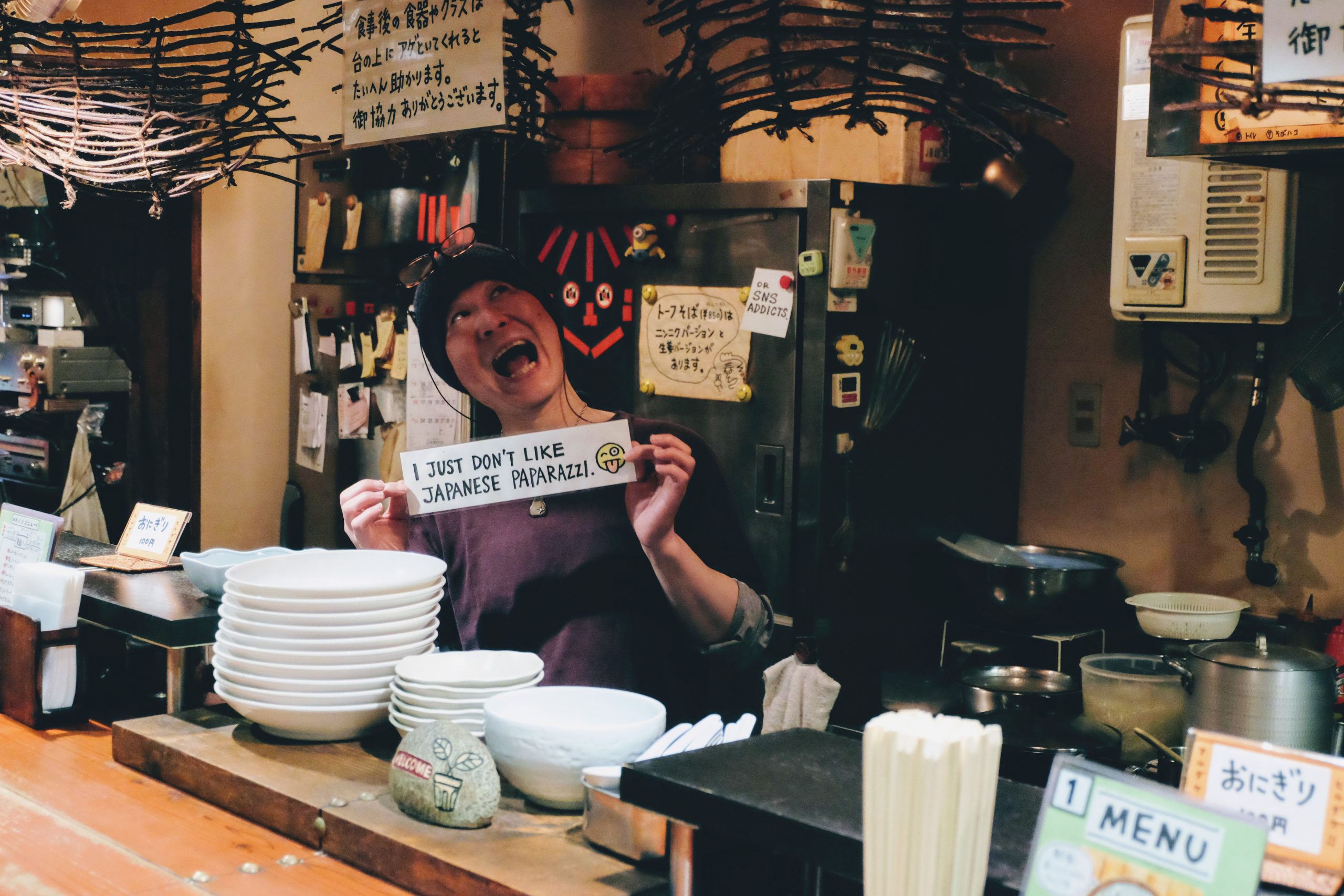
Shopping in Himeji
You can find an interesting selection of local products in the Miyuki Street market or the Omizosuji Shopping Street, which are covered streets full of small shops and boutiques.
If you are after the more traditional western-style shopping experience, check out the Piole Himeji Shopping Mall. It is fairly close to the train station and has a wide range of brands and restaurants.
Where to Stay in Himeji
The easiest is to find a hotel close to the main train station, as you can reach most of the attractions quickly from here. Depending on your preference, you can pick from the usual western style business hotels or go for the more traditional Japanese Ryokans. See our recommendations below.
Only a 3-minute walk from JR Himeji Station, Dormy Inn Himeji Natural Hot Spring 3-star hotel offers modern rooms with free WiFi is provided throughout the Japanese-style Business Hotel. Guests can relax in the public hot-spring baths or request massages for an extra cost.The air-conditioned rooms feature a flat-screen satellite TV, air humidifier, fridge and an electric kettle with green tea bags. The en-suite bathrooms come with a shower, toilet, hairdryer and free toiletries.There is a sauna at this hotel where guests can relax from their travels. A coin-launderette is available at the hotel.
Click here for prices and book Dormy Inn Himeji Natural Hot Spring
Hotel Monterey Himeji is a 3-star hotel located only 1.2km from Himeji Castle. Shikama-kō is 6 km from the hotel. Guests can enjoy the on-site restaurant. Each room at this hotel is air-conditioned and has a flat-screen TV. You will find a kettle in the room. The rooms come with a private bathroom fitted with a bath. Extras include slippers, free toiletries and a hairdryer.



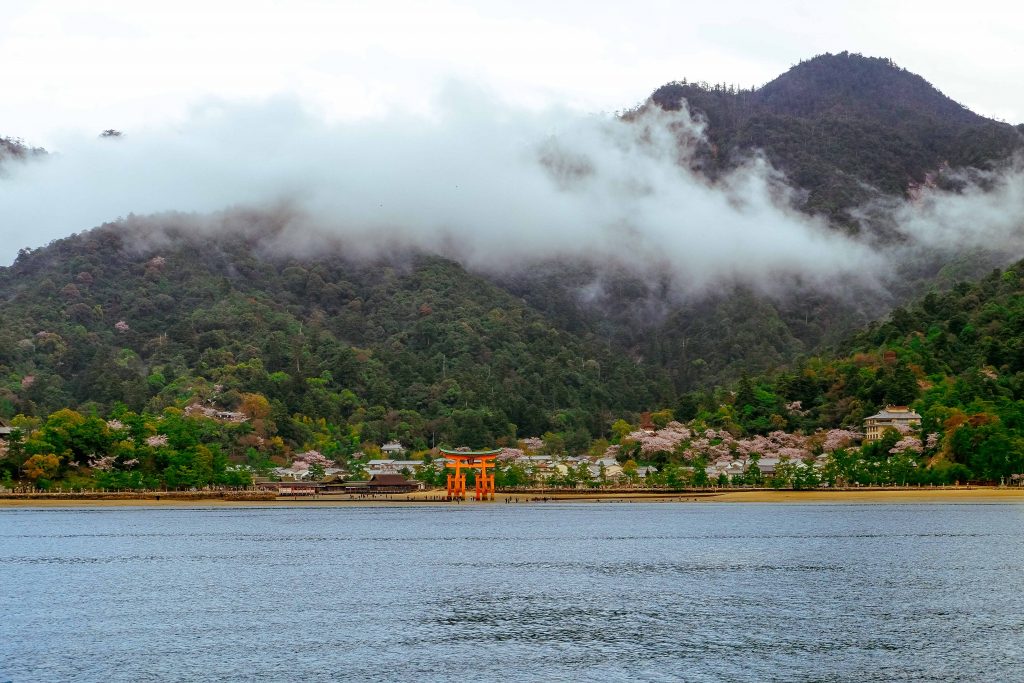
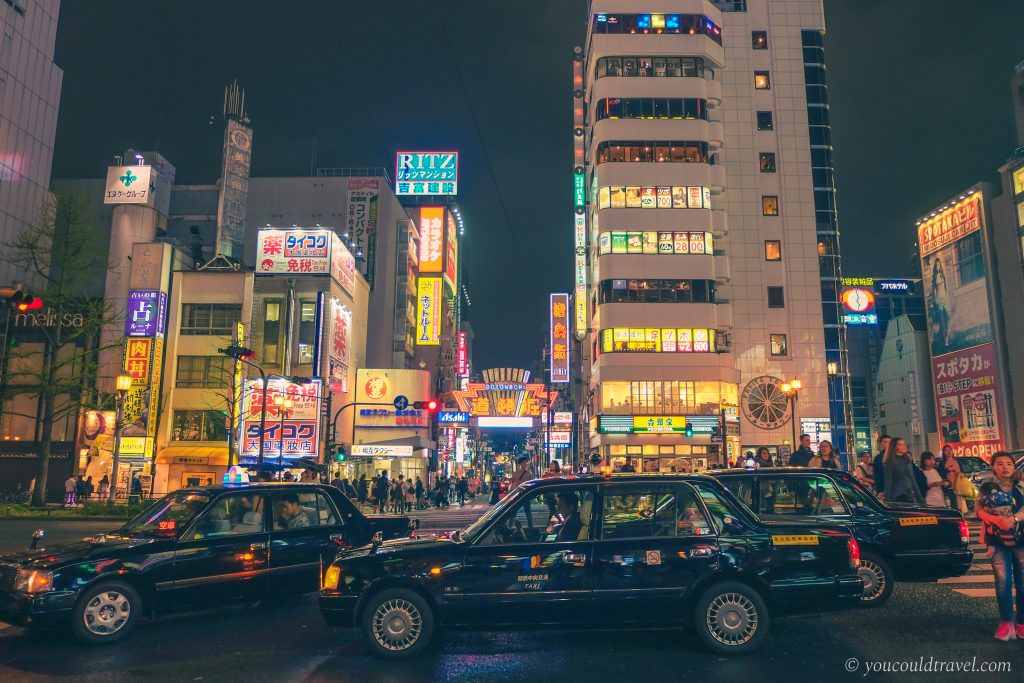

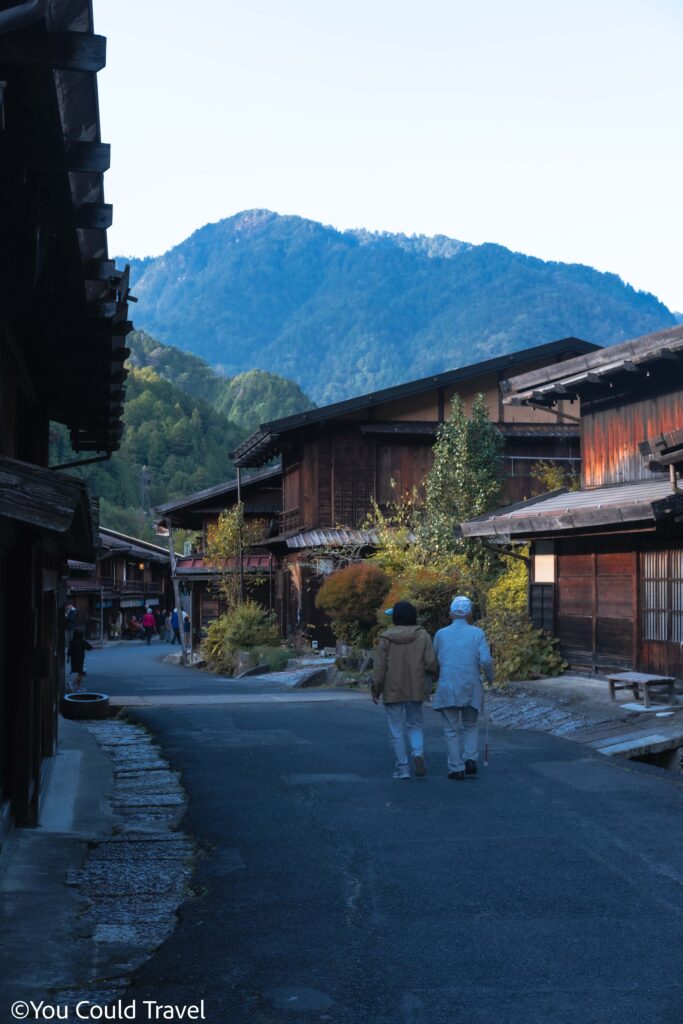


Leave a Reply